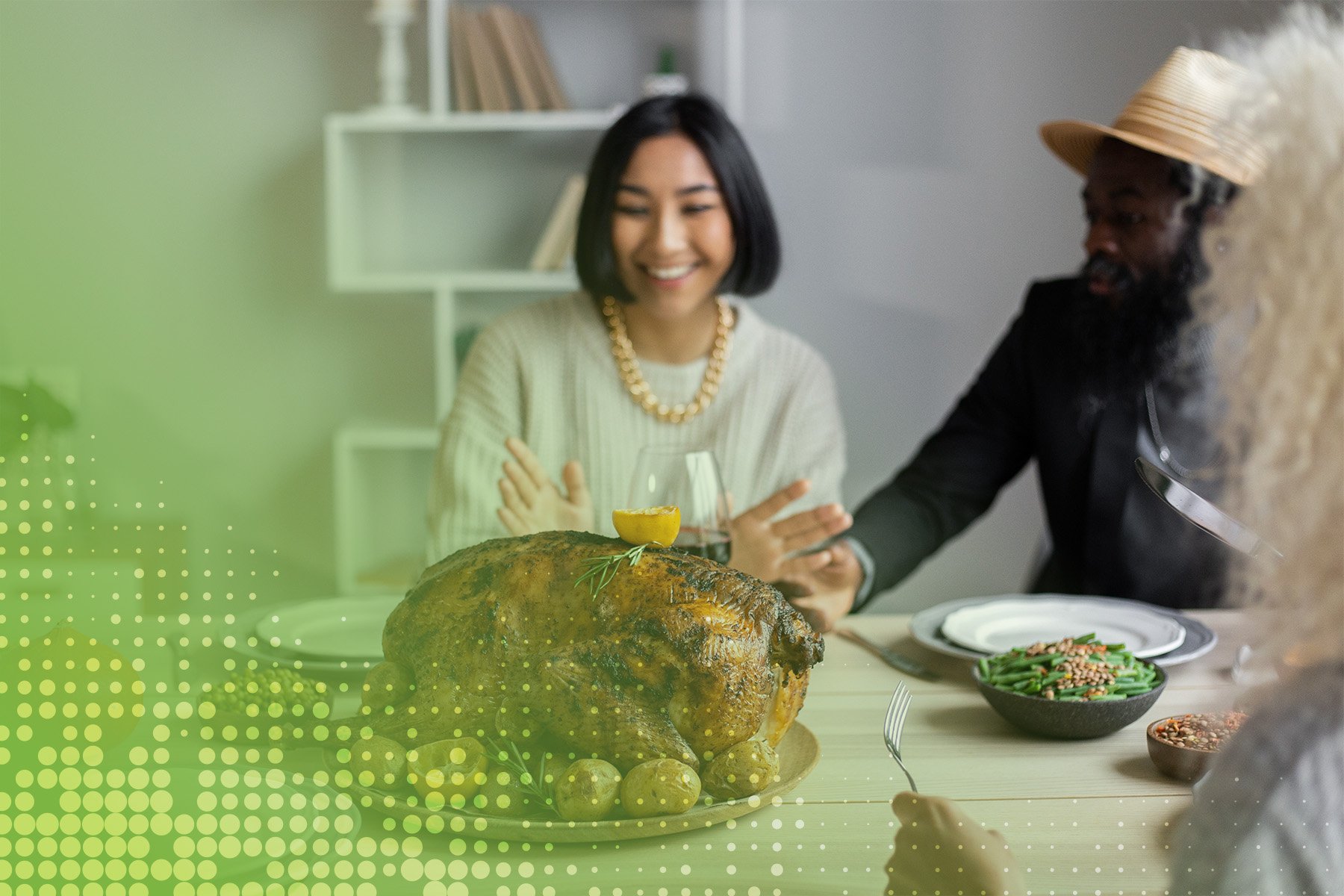Retailers already know how busy the holiday season can become, but with that comes challenges. The holidays can be expensive for Americans, which is a challenge for anyone but especially for SNAP recipients.
USDA’s 3 Thanksgiving Food Safety Tips
USDA’s recent blog shares a few food safety musts that will ensure everyone practices proper food safety this Thanksgiving. Here are 3 important food safety tips to remember according to the USDA…
1. Carve your turkey after cooking
Placing a whole turkey in the refrigerator allows for greater risk of bacteria growth. Be sure to carve your turkey after cooking and prior to refrigeration, as dividing large portions into smaller portions before refrigerating them is vital for food safety. Cooling food rapidly is important in preventing bacteria growth and smaller portions can reach the safe refrigerator-storage temperature of 40 degrees Fahrenheit (or below) more quickly. Be sure to store your leftovers correctly so you can enjoy them for a few more days.
2. Never thaw your turkey on the counterAs a general rule of thumb, you should never thaw frozen meat at room temperature. Thawing at room temperature makes food more susceptible to entering the “danger zone” which promotes bacteria growth. Be sure to thaw your thanksgiving turkey in the refrigerator and allow approximately 24hrs of thaw time per 4-5lbs of turkey! You can also use the cold-water thawing method, which you can learn about from the USDA.
3. Check the internal temperature of your turkeyWhile pop-up timers are convenient and useful, USDA recommends double checking the internal temperature of your turkey with a meat thermometer. According to the USDA, “turkey must reach an internal temperature of 165 degrees Fahrenheit in the following locations: the thickest part of the breast, the innermost part of the thigh, and the innermost part of the wing.”
Learn more about the importance of food safety in this goEBT blog




